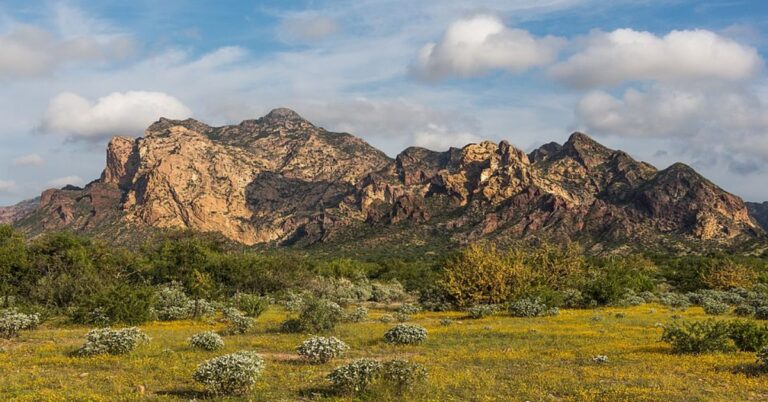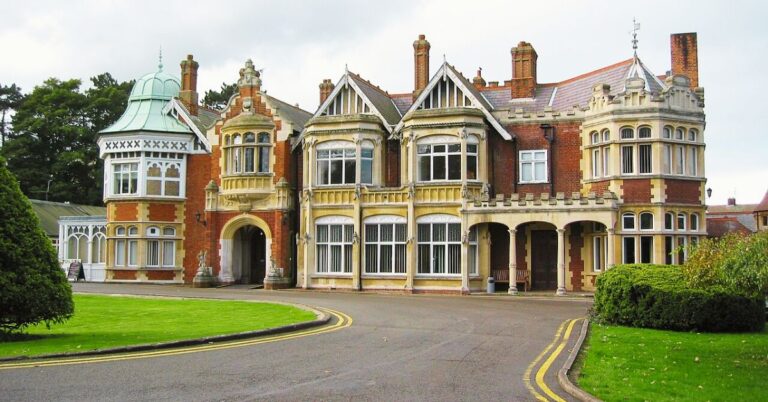15 Underrated Ancient Sites Packed With Historical Significance
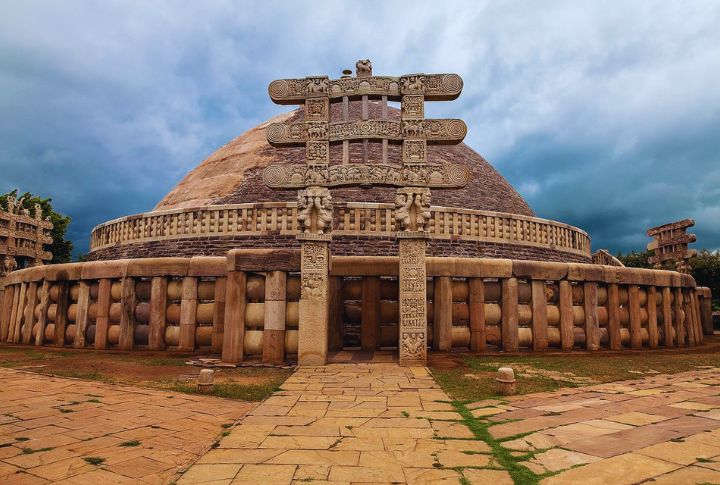
While famous landmarks like the Pyramids or Machu Picchu capture most of the spotlight, many equally significant ancient sites remain largely overlooked. These underrated locations often go unnoticed due to their remote locations or limited promotion. Yet, they hold deep historical value, offering rare glimpses into lost civilizations. Here are 15 such sites that deserve more recognition than they receive.
Catalhoyuk (Turkey)
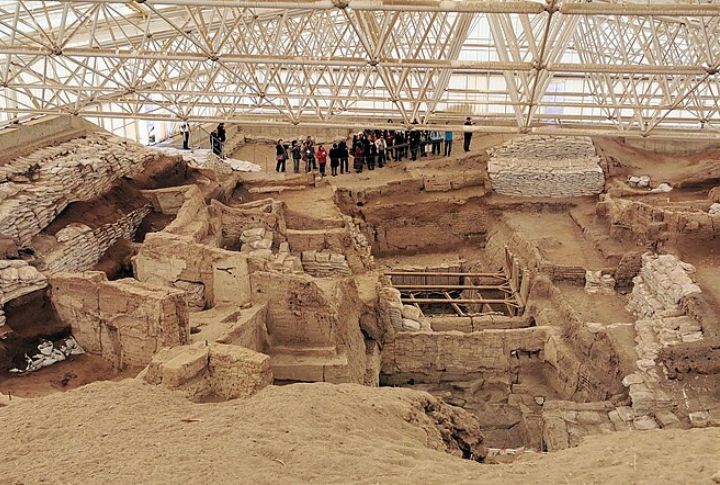
Located in central Turkey, Catalhoyuk is one of the world’s earliest known urban settlements, dating back to around 7500 BCE. The site reveals a densely packed, complex society with no streets—people entered their homes via ladders from the roofs. Excavations have uncovered sophisticated wall paintings, reliefs, and evidence of religious practices, indicating early symbolic thought.
Caral (Peru)
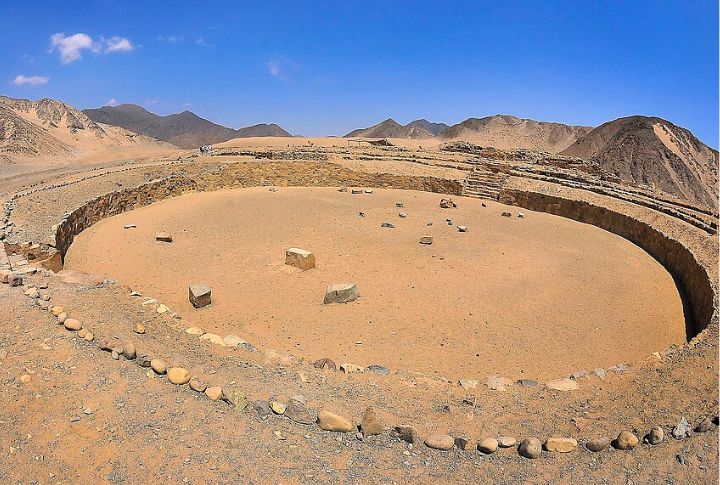
Caral is the oldest known city in the Americas, built around 2600 BCE in the Supe Valley of Peru. Featuring large pyramids and complex irrigation systems that indicate advanced urban planning, it predates the Inca civilization by thousands of years. This settlement shows no signs of warfare, suggesting a peaceful society focused on agriculture and trade.
Nan Madol (Micronesia)
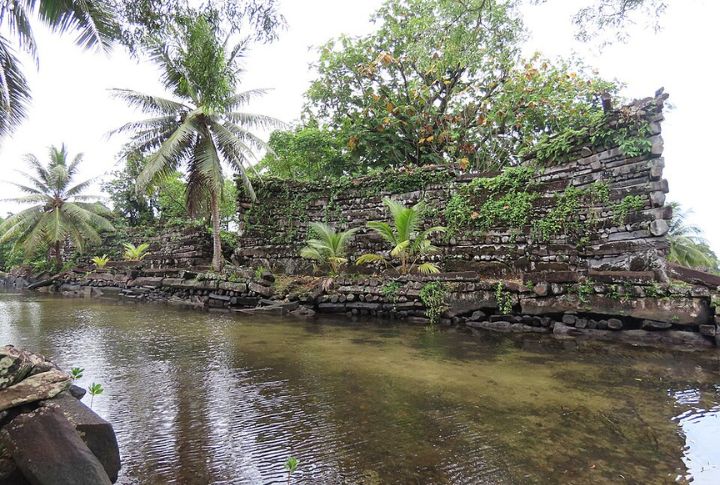
This site is an archaeological complex of over 90 artificial islets connected by canals. Built between 1180 and 1200 AD, Nan Madol served as the ceremonial and political center of the Saudeleur Dynasty. It was constructed with basalt logs, and its engineering remains a mystery, given the lack of modern tools.
Derinkuyu Underground City (Turkey)
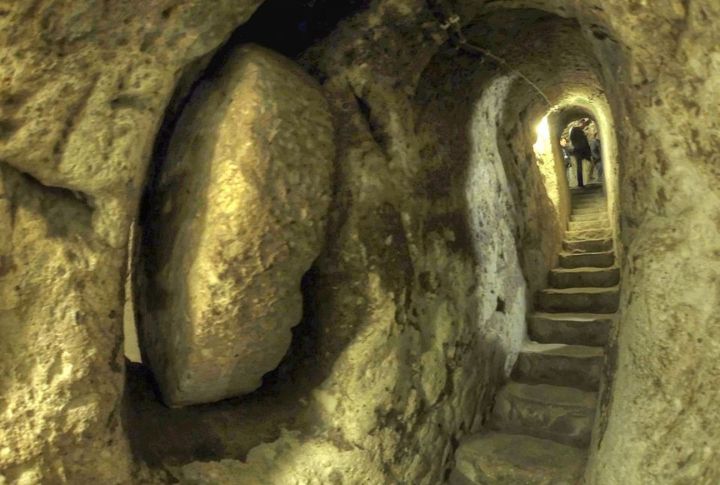
Hidden beneath the Anatolian plains of Cappadocia, the Derinkuyu Underground City could shelter up to 20,000 people. It was built during the Byzantine era, likely in the 7th or 8th century CE, and used as a refuge from invasions. The city features ventilation shafts, stables, kitchens, and schools—all underground and connected across 18 levels.
Sanchi (India)
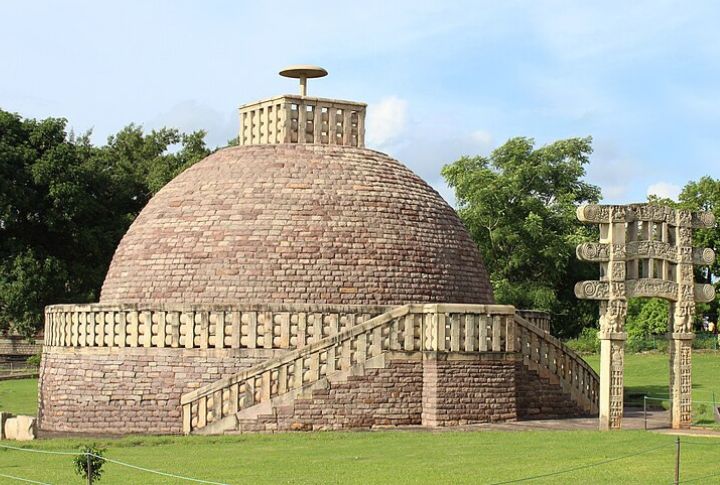
Though often overshadowed by more famous Indian sites, Sanchi is one of India’s oldest stone structures. Known for its Buddhist stupas dating back to the 3rd century BCE, it was commissioned by Emperor Ashoka and served as a significant center of Buddhist learning and pilgrimage. Its intricately carved gateways (toranas) illustrate the Jataka tales.
Gonur Tepe (Turkmenistan)

Gonur Tepe was the capital of the ancient Margiana civilization, which flourished around 2300 BCE in present-day Turkmenistan. This Bronze Age site revealed a sophisticated city layout with an intricate irrigation system fed by the Murghab River. Artifacts, including ceramics, jewelry, and evidence of fire temples.
Takht-e Soleyman (Iran)
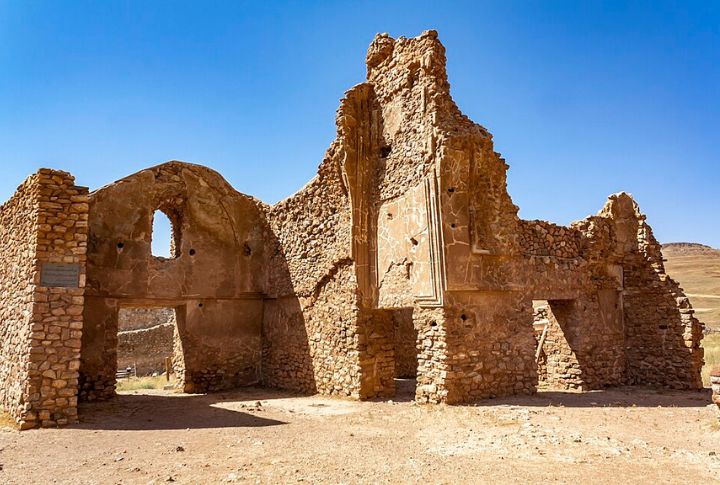
The site’s strategic placement suggests religious and military significance, with later Mongol rulers also building on its grounds. Unlike more widely known Persian ruins like Persepolis, Takht-e Soleyman offers insight into pre-Islamic Iranian religion and imperial architecture. Its blend of natural and artificial features earned it UNESCO recognition in 2003.
Monte Alban (Mexico)
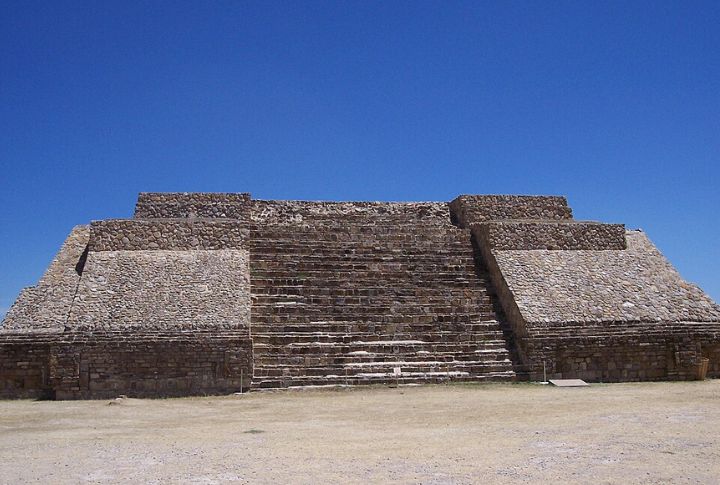
This was the political and cultural heart of the Zapotec civilization, spanning roughly from 500 BCE to 750 CE. Monte Alban’s terraces, pyramids, and ball courts are carved into the mountain itself, providing sweeping views of the valley below. One of its most intriguing features is the Danzantes stones, which are carvings of possibly captured enemies or ritual figures.
Thulamela (South Africa)
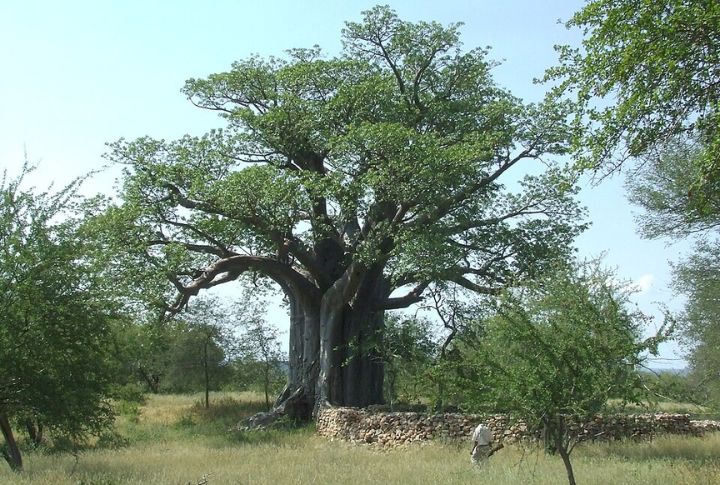
Archaeological evidence suggests that Thulamela was a vibrant trade hub, connected to Swahili coastal towns and distant regions through the exchange of gold and iron. The remains include stone walls and royal graves, signifying a highly organized and hierarchical society. It is proof of southern Africa’s pre-colonial urban development, often overlooked in mainstream history.
Samarra (Iraq)
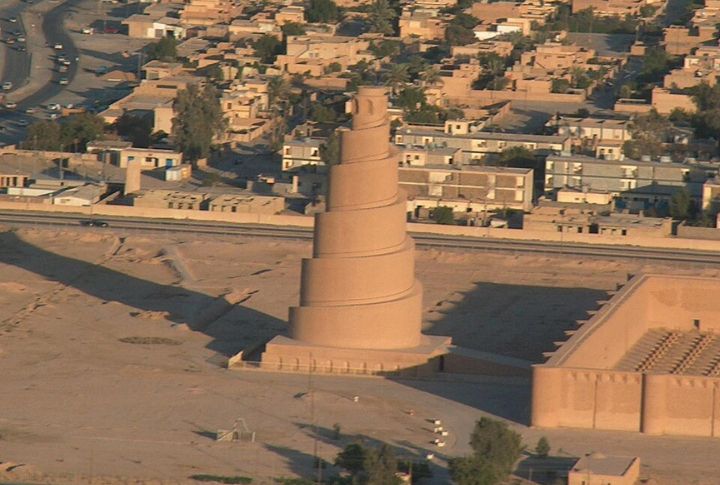
Samarra, once a thriving Abbasid capital in the 9th century CE, stretches along the Tigris River and showcases the grandeur of early Islamic architecture. One iconic structure is the spiral minaret of the Great Mosque of Samarra, an architectural feat unmatched elsewhere in the Islamic world. The city was a cultural powerhouse during its short-lived prominence.
Tiya (Ethiopia)
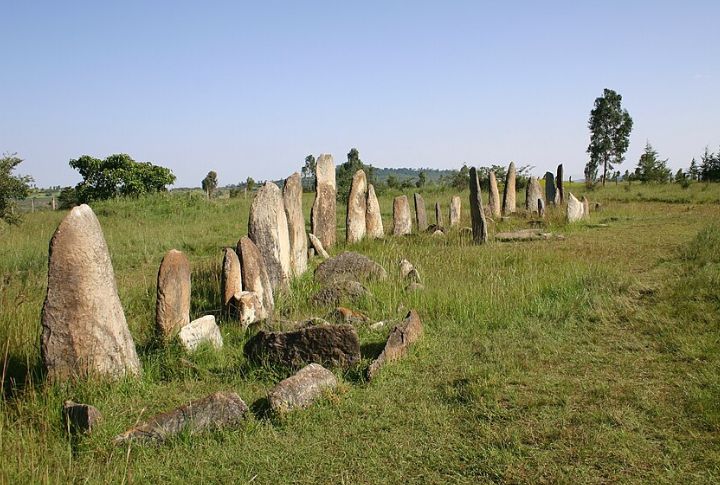
Tiya is home to a mysterious collection of 36 standing stones, known as stelae, many of which are engraved with sword-like symbols. It dates to between the 10th and 15th centuries CE and is part of a larger group of megalithic sites scattered throughout southern Ethiopia. Burials have been found beneath some of the stones.
Bagan (Myanmar)
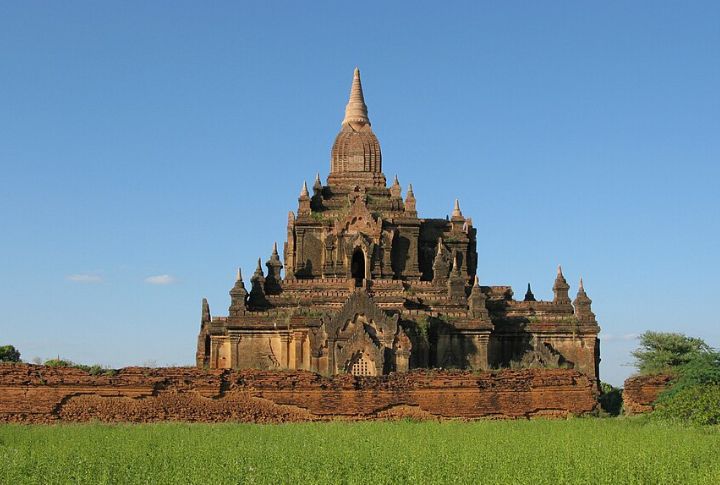
Although often overshadowed by Angkor Wat, Bagan is a vast archaeological zone in Myanmar containing over 2,000 Buddhist monuments built between the 9th and 13th centuries CE. These temples and monasteries encompass a range of architectural styles. Despite natural disasters and centuries of neglect, many structures retain intricate frescoes and statues illustrating Buddhist cosmology and history.
Amarna (Egypt)

Amarna, formerly known as Akhetaten, was built in the 14th century BCE by Pharaoh Akhenaten as a short-lived capital dedicated to the sun god Aten. The city represented a radical religious and artistic shift in ancient Egypt, breaking from traditional polytheism. Archaeological excavations reveal wide streets, open courtyards, and unusually naturalistic art that distinguished the Amarna period.
Rakhigarhi (India)
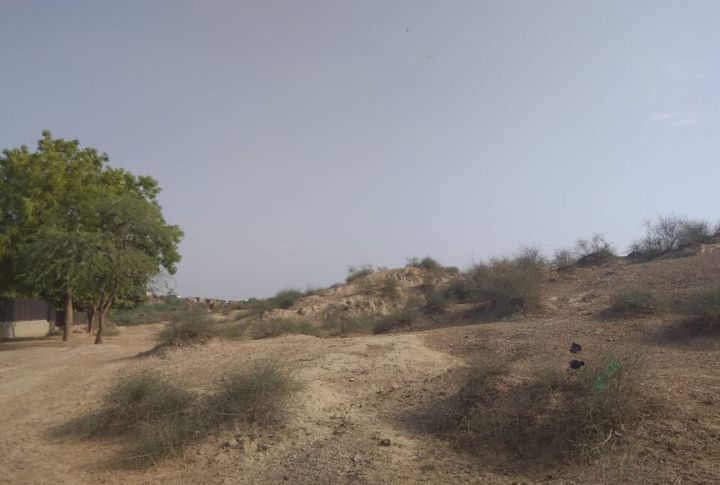
Found in the Indian state of Haryana, Rakhigarhi is one of the largest known cities of the Indus Valley Civilization. Excavations have yielded well-planned streets and granaries similar to those at Harappa and Mohenjo-Daro. Burials discovered at Rakhigarhi have helped researchers understand ancient burial customs and genetic lineages of early South Asians.
Hattusa (Turkey)
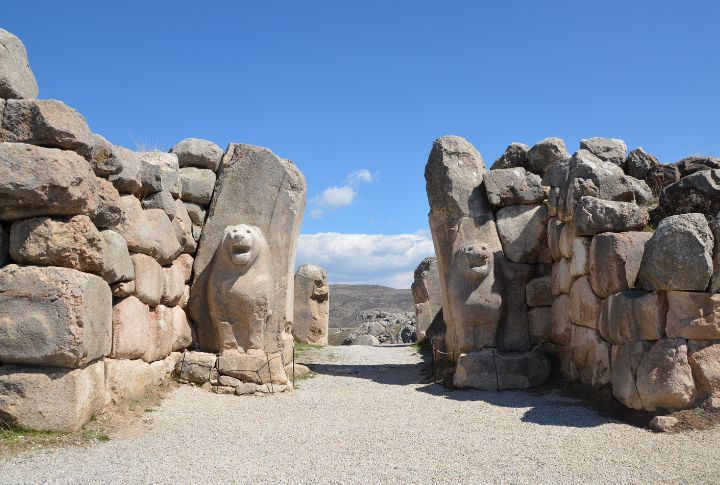
This was the capital of the Hittite Empire around 1600–1200 BCE and lies near the modern-day city of Bogazkale in Turkey. Surrounded by massive stone walls and gates adorned with carvings of lions and sphinxes, the city was a marvel of Bronze Age engineering and administration. Clay tablets in the royal archives have provided information on Hittite law and diplomacy.



